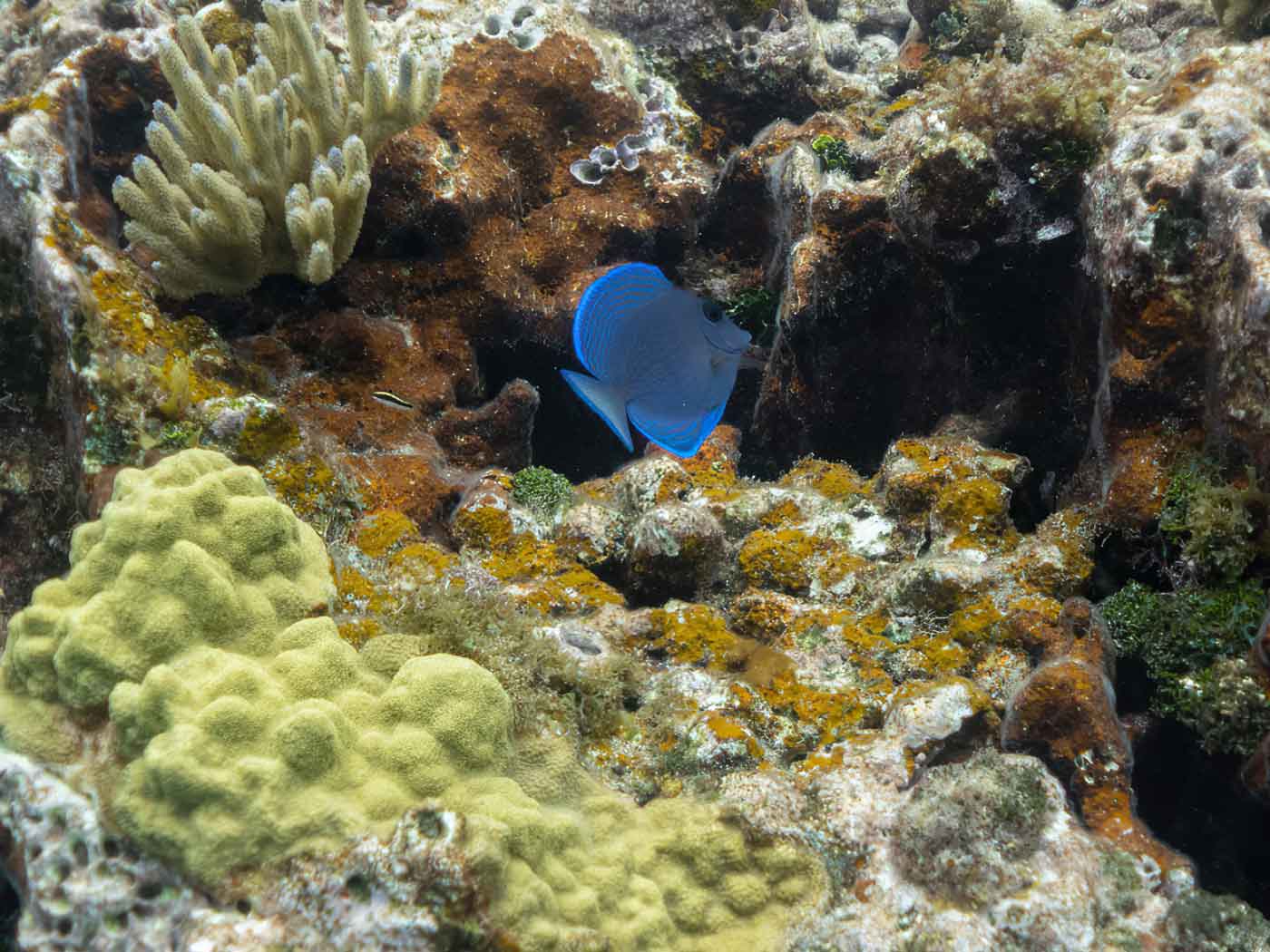
Research Core 2
INTEGRATION
Understanding the fate and response of ciguatoxin exposure in marine species to better predict and prevent ciguatera risk.
Research Aims
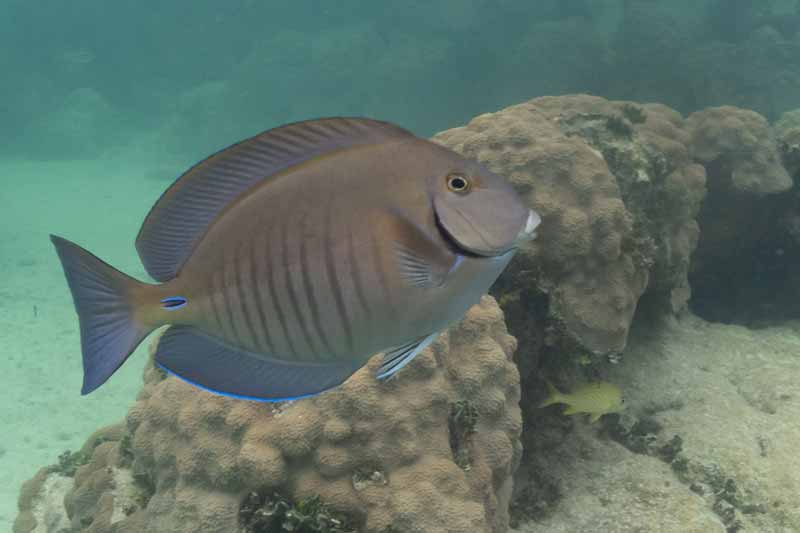
Specific Aim 1:
Evaluate the uptake, bioaccumulation and depuration rates of ciguatoxins into the marine food web
Caribbean doctor fish
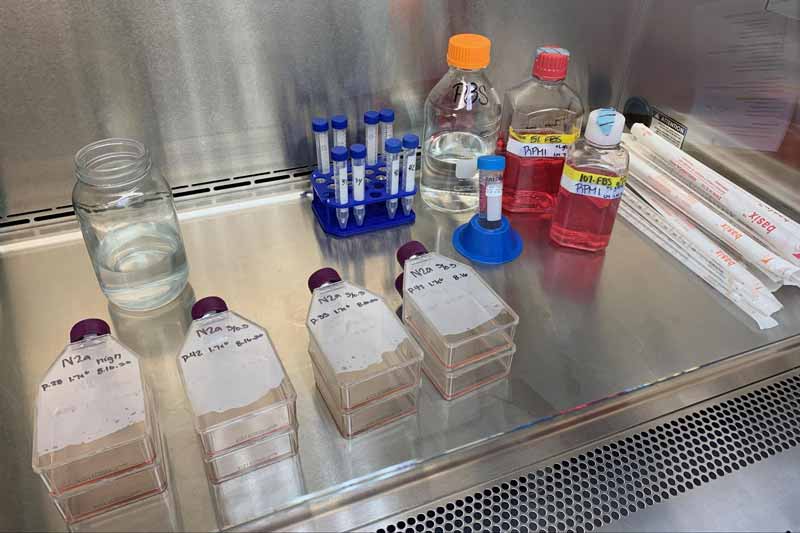
Specific Aim 2:
Evaluate ciguatoxin metabolism and isolate and characterize toxin metabolites from marine organisms to determine pathways and toxicity mechanisms
Culture maintenance of neuroblastoma cells used for quantification of toxicity in fish and algae extracts.
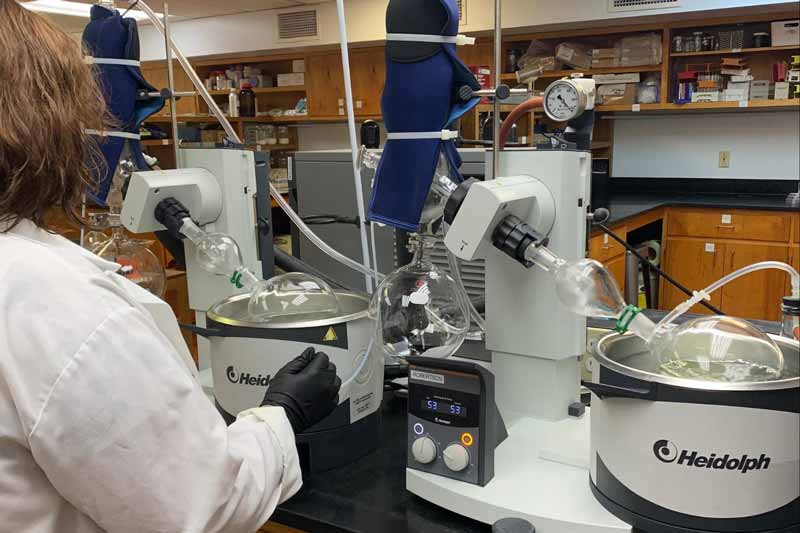
Specific Aim 3:
Evaluate the physiological mechanisms of acute and sub-lethal ciguatoxin exposure using cell based models and in vivo fish models
Methanol evaporation for ciguatoxin purification.
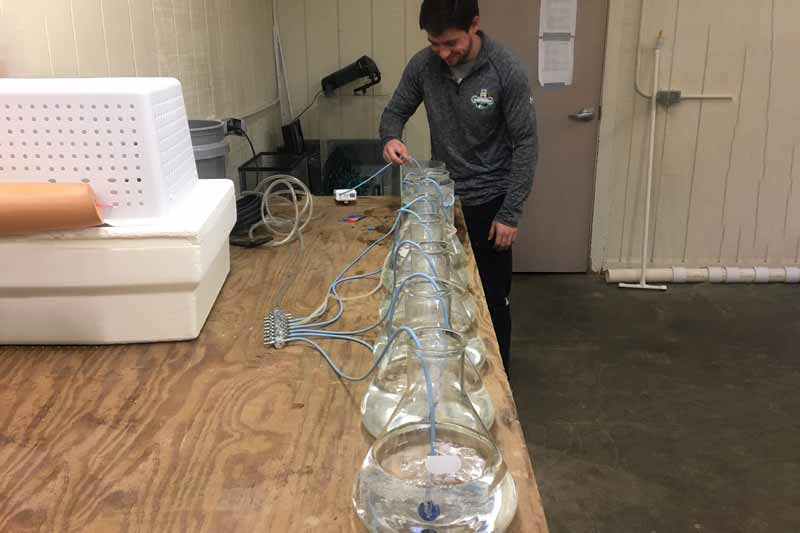
Specific Aim 4:
Examine biomarkers of exposure using cellular and vertebrate models to better understand pathways of toxicity and to identify targets for development of biosensors & diagnostics
Graduate student, Sean Collins, setting up experimental chambers for ciguatoxin exposure experiment in a model fish species.
Project Lead

Alison Robertson, Ph.D.
University of South Alabama
The Dauphin Island Sea Lab
Research Project 2 Lead
[email protected]
Robertson has expertise in biochemistry, pharmacology, toxicology, risk assessment, natural product chemistry, and mass spectrometry. She leads research on the physiological and biochemical mechanisms of toxicity and resistance across organisms and food webs. Robertson's research aims to characterize and understand the meta-metabolome of epi-benthic algal communities, structurally elucidate and evaluate toxicological mechanisms and pathways of metabolite formation and biomarker upregulation across marine organisms, and develop methods and reference materials to evaluate toxicity and ecological role. Robertson is also the research director of NSF CiguaPIRE, a large trans-ocean partnership in ciguatera research and is heavily engaged in bidirectional education and stakeholder linked research initiatives.
Learn More...ecotoxiclologylab.org
Robertson has expertise in biochemistry, pharmacology, toxicology, risk assessment, natural product chemistry, and mass spectrometry. She leads research on the physiological and biochemical mechanisms of toxicity and resistance across organisms and food webs. Robertson's research aims to characterize and understand the meta-metabolome of epi-benthic algal communities, structurally elucidate and evaluate toxicological mechanisms and pathways of metabolite formation and biomarker upregulation across marine organisms, and develop methods and reference materials to evaluate toxicity and ecological role. Robertson is also the research director of NSF CiguaPIRE, a large trans-ocean partnership in ciguatera research and is heavily engaged in bidirectional education and stakeholder linked research initiatives.
Learn More...ecotoxiclologylab.org
POST-DOCTORAL RESEARCHER
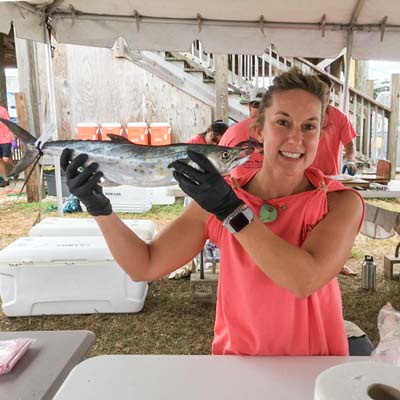
Molly Miller, Ph.D.
University of South Alabama
[email protected]
Graduate Students
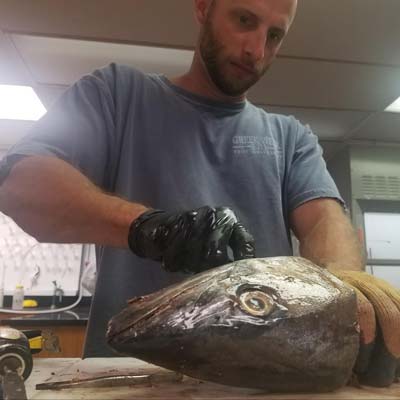
Clay Bennett
Ph.D. Student
[email protected]
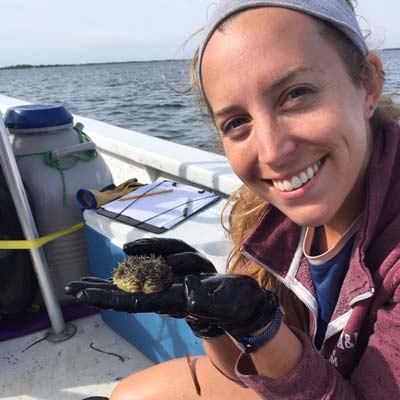
Jesse Gwinn
Ph.D. Student
Specific Aim 2
[email protected]
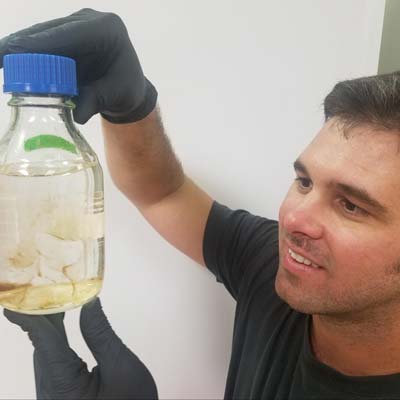
Alex Leynse
Ph.D. Student
Specific Aim 2
[email protected]
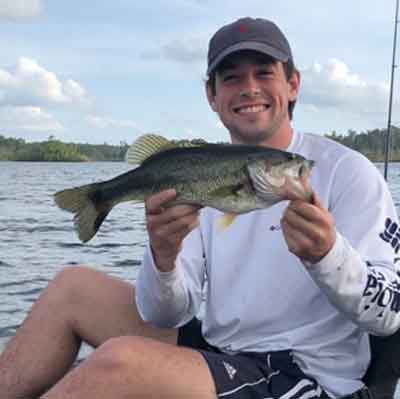
Sean Collins
MS Student
Specific Aim 3
[email protected]
Technicians
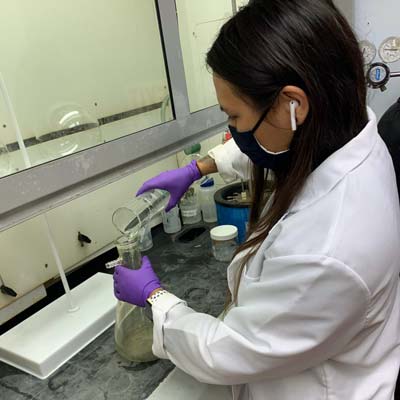
Liz Murphy
Research Lab Technician
Specific Aim 2 and RP 1
[email protected]
Interns (Current and Former)
Jessica Lenz
Specific Aim 2Sydney Markham
NSF-REUSpecific Aim 2
Sophie Maass
Specific Aim 2Terrance Mitchell
NSF-REUpecific Aim 3